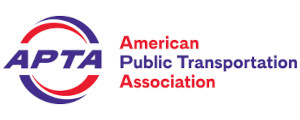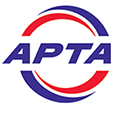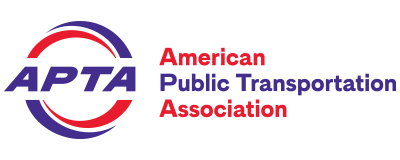Cyber Incident Management, Response, and Recovery Planning
Many transit agencies operate under different local, state, and federal regulations, which can create inconsistencies in cybersecurity protocols and incident response measures. Standardizing these regulations will help agencies:
- Identify and comply with federal cybersecurity mandates, such as those from the FTA, the Cybersecurity and Infrastructure Security Agency (CISA), and the Transportation Security Administration (TSA).
- Understand reporting requirements for cyber incidents, ensuring that transit agencies quickly communicate threats to relevant authorities for coordinated responses.
- Develop an incident response framework that aligns with federal guidelines, helping agencies effectively contain, mitigate, and recover from cyberattacks.
Fare Collection Methods that Reduce Employee Assaults
This could provide standards or recommended practices to public transit agencies on implementing safe and efficient fare collection systems in the framework of protecting employees from potential assaults. This may include technical specifications for introducing contactless payment options such as mobile apps, Near Field Communication (NFC) technology, and smart cards to reduce direct interactions between passengers and employees and cash handling. It could also cover the employment of dedicated fare enforcement officers trained in conflict resolution to handle potential disputes, and the installation of surveillance cameras at fare collection points and on transit vehicles to deter potential assaults and provide evidence if incidents occur. Additionally, it could emphasize the importance of providing clear signage and instructions on how to use fare collection systems to reduce confusion and frustration among passengers and offering regular training for employees on conflict resolution, customer service, and safety protocols.
Emergency Egress/Evacuation of Transit Vehicles
This may include the risks of injuries and fatalities associated with thermal events and specifically recognize and differentiate evacuation challenges of non-ambulatory versus ambulatory riders. It is also suggested to include specific provisions within the standards that address emergency egress and evacuation for individuals with disabilities and location concerns with emergency egress including tunnel environments. This should involve detailed requirements for accessible emergency exits, communication systems, and evacuation procedures tailored to the needs of non-ambulatory individuals.
Hours of Service for Transit Bus Operators
There are no existing public transit bus hours of service standards, and this could standardize hours of service for bus operators to a maximum number of hours on duty and/or driving, maximum hours on-duty and/or driving per 24-hour period, maximum hours on-duty and/or driving hours, and/or minimum hours off between shifts. Suggested exemption for public transit systems that are currently operating under state or locally prescribed hours of service regulations and laws.



